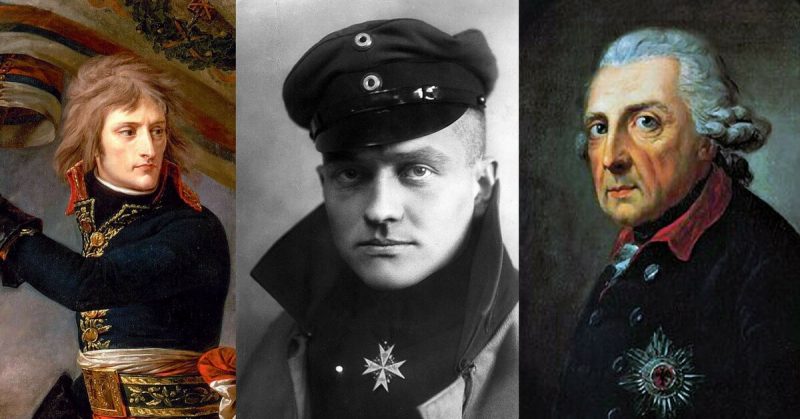From time to time, a commander emerges with a genuinely transformational approach to warfare. Here are some of those commanders.
Phillip of Macedon
Alexander the Great was the most famous and successful leader in Macedonian history. His successes, however, were built upon the groundwork laid by his father, King Phillip II.
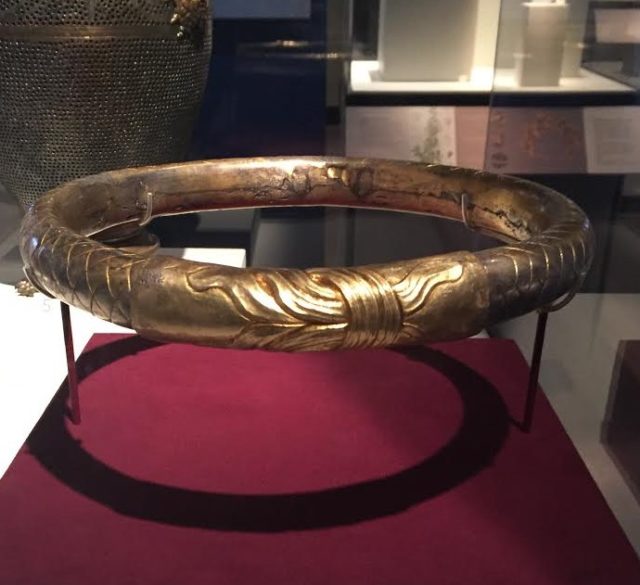
Phillip rose to power in an era when citizen militias defended Greek city-states. He led Macedonia toward a professional army able to defeat all comers. Increased political unity and better land management enabled him to support a larger army of subordinate and allied troops.
Phillip also changed the way the Macedonians fought. Learning from Greek mercenaries, he adopted the most advanced tactics of the time. The spear phalanxes that he passed on to Alexander were the best in the Greek world.
Charles VIII
Although no engineer himself, King Charles VIII of France channeled the skills of his nation’s military engineers to transform the use of artillery.
In 1494, he fielded the first artillery force produced by his new, standardized approach. The cast bronze guns were robust enough to resist the high pressure of powerful gunpowder charges. It enabled them to fire further and more effectively. Without the imperfections that riddled many cannons, they were less likely to explode in their users’ faces. Despite their strength, they were light enough to travel on field carriages.
The strong, light, standardized weapons allowed Charles to destroy fortresses across Italy. He set the standard for the future of gunnery.
Oda Nobunaga
Japanese warlord Oda Nobunaga oversaw the beginning of the end of samurai warfare. A soldier of a relatively low station, he used tactical cunning to wipe out an army twelve times the size of his own at Okehazuma gorge. Willing to adopt new technology and tactics, he used a defensive line of arquebusiers to destroy charging samurai at Nagashino 1575.
By the time of his death through a subordinate’s treachery, he had reunited much of fractured Japan. The men who followed him ended a century of localized warfare, creating central military power.
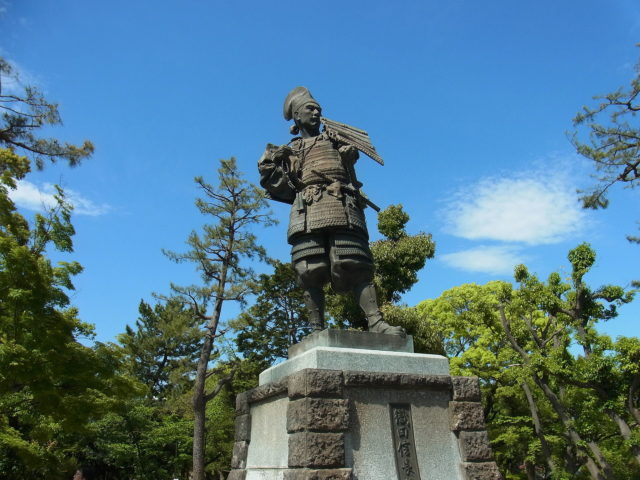
Frederick the Great
There is a reason why King Frederick II of Prussia is remembered as Frederick the Great. He turned the Prussian army into a fearsome war machine that dominated Europe in the mid-18th century. His approach shaped that of other commanders for decades afterward.
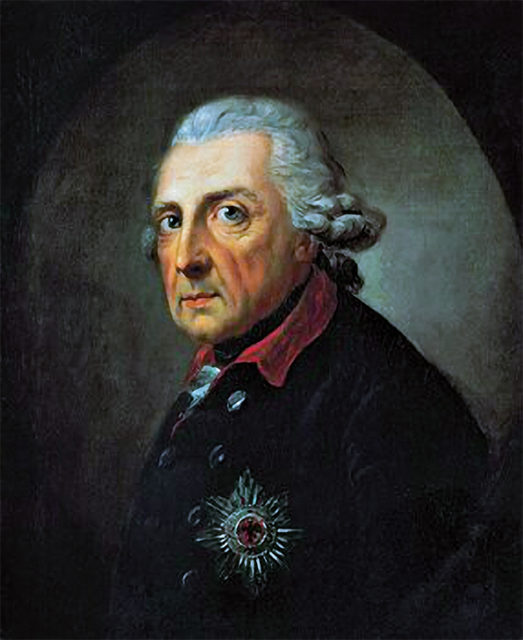
The heart of Frederick’s successes lay in strict discipline and drill. He went to unprecedented lengths to ensure his troops were trained to march and fight together effectively. It led to victories such as at Leuthen in 1757, where the reliability and maneuverability of his infantry formations were central to his success.
Napoleon Bonaparte
Napoleon’s innovations began with the artillery, the element of the army in which he began. Rather than spreading the guns out to support other formations, he concentrated them, focusing their devastation on key places in the enemy line.
Napoleon’s reorganization went far beyond that. A master of maneuver and motivation, his example was studied for generations afterward. Bold, fast moving, and willing to take risks for the sake of great success, he transformed warfare in Europe. His methods extended to America, where studying Napoleon’s techniques shaped the fighting during the Civil War.
Shaka Zulu
In the early 19th century, Shaka Zulu took control of the small Zulu nation and transformed it into a mighty empire. It was built on his innovations as a military commander.
Shaka adopted the amabutho system to organize his armies. It was based around cadres of young men of similar age who trained and fought together, fostering the bonds of loyalty, courage, and discipline.
By drilling the troops on the thorny ground, Shaka hardened their feet. It allowed them to get rid of their clumsy sandals and march and fight barefooted. Their speed of maneuver, both tactically and strategically, was legendary.
Choice of weapons also played a part. Instead of throwing spears, Shaka focused on stabbing with the short assegai spear. Faced with their opponents the Zwide, the Zulus endured through a rain of thrown spears, then closed in for victory.
The Red Baron
WWI featured a lot of useless repetition on the ground, but in the air, it was an arena of great innovation.
Baron Manfred von Richthofen, known as the Red Baron, was the greatest air ace of WWI. He created new maneuvers and tactics for formation fighting. By flying high and then descending with the sun at his back, he gained an edge over his opponents to devastating effect. He began a trend among German fliers for brightly painted planes, earning his unit the title of the Flying Circus. Serving as a mobile force up and down the lines, they struck terror into their enemies.
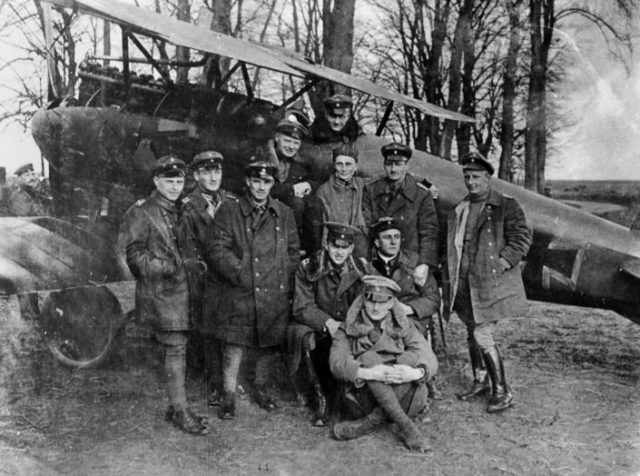
Heinz Wilhelm Guderian
Having seen the power of tanks during WWI, Heinz Guderian became a leader in developing tank warfare. Initially basing his tactics on those of British thinkers Fuller and Liddell Hart, he exceeded them. In cooperation with the Russians and Swedes, he conducted training exercises that pushed forward the potential of tanks.
One of his biggest concerns was communication between tanks. Using his signals experience, he developed secure radio communication to allow coordination in battle.
Guderian’s innovations led to the famed German Blitzkrieg.
Sources:
Charles Rivers Editors (2014), The Red Baron: The Life and Legacy of Manfred Von Richthofen
John Keegan and Richard Holmes (1985), Soldiers
John Keegan (1987), The Mask of Command
David Rooney (1999), Military Mavericks: Extraordinary Men of Battle
Stephen Turnbull (1987), Samurai Warriors
